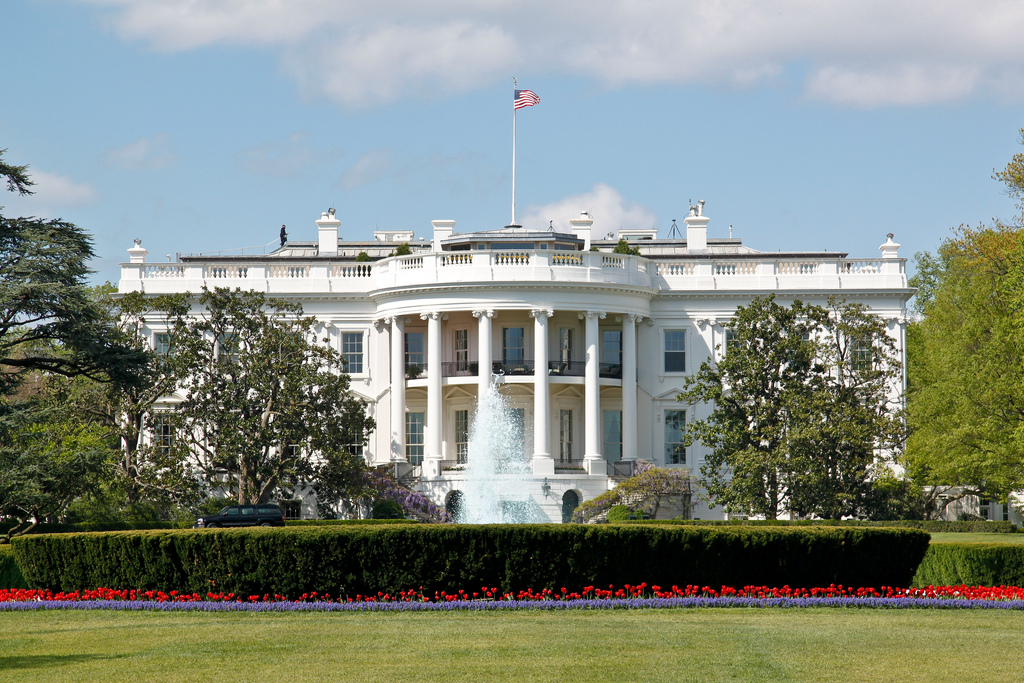Start moving in the
right direction.
Speak to us today to see how we can improve your business logistics, freight and customs related issues.

Negotiations concluded on the 5th of October for the Trans Pacific Partnership (TPP), which will be the world’s largest free trade agreement (FTA) covering 40% of global GDP. It involves 12 Pacific Rim countries, namely, Australia, the US, Japan, Canada, Malaysia, Mexico, Vietnam, New Zealand, Chile, Peru, Singapore and Brunei.
It actually builds from the Trans-Pacific Strategic Economic Partnership Agreement (P4) between Brunei, Chile, New Zealand and Singapore which entered into force in 2006.
Trade topics addressed by the new TPP include trade in goods, services, investment, Government procurement, intellectual property, environmental laws, labor laws and intellectual property. The TPP commenced negotiations in 2010 in Melbourne. Being a participant in TPP negotiations since the onset has enabled Australia to seize a strategic opportunity to shape the rules that will govern trade in the region.
Full details of the TPP are yet to be released, however the following is relevant for Australian trade:
Implementation of FTA’s generally take up to 12 months after the conclusion of negotiations, however given this FTA needs to pass through the U.S. parliamentary process in a US election year, it is expected that commencement in 2017 would be a more realistic date.
In the meantime, Clarke Global Logistics will endeavor to keep you informed of any new information and detail that is released. We also advise relevant parties or those that may be affected to keep the TPP in mind when making long term trade decisions. If you have any questions about how your imports or exports are affected, please feel free to contact the team at Clarke Global on 9854 3000 or email enquiry@clarkeglobal.com.au
Also, the Department of Foreign Affairs and Trade has an overview of the TPP on their website that provides more detailed information.
Photo by timsackton 


Established in 1917, Clarke Global Logistics is a reputable Australian Customs Broker and Freight Forwarder; offering a totally integrated trade service both locally and globally.

Speak to us today to see how we can improve your business logistics, freight and customs related issues.